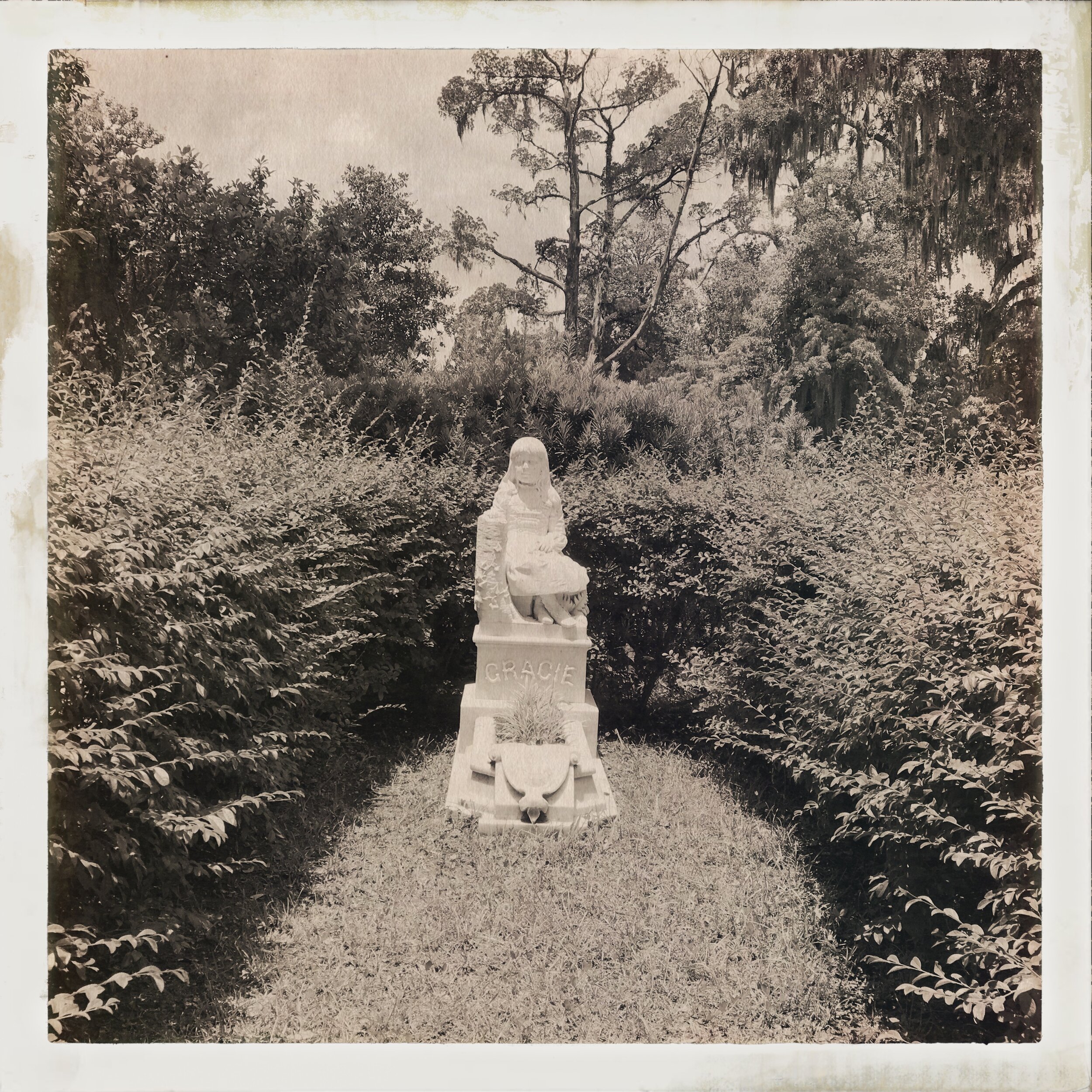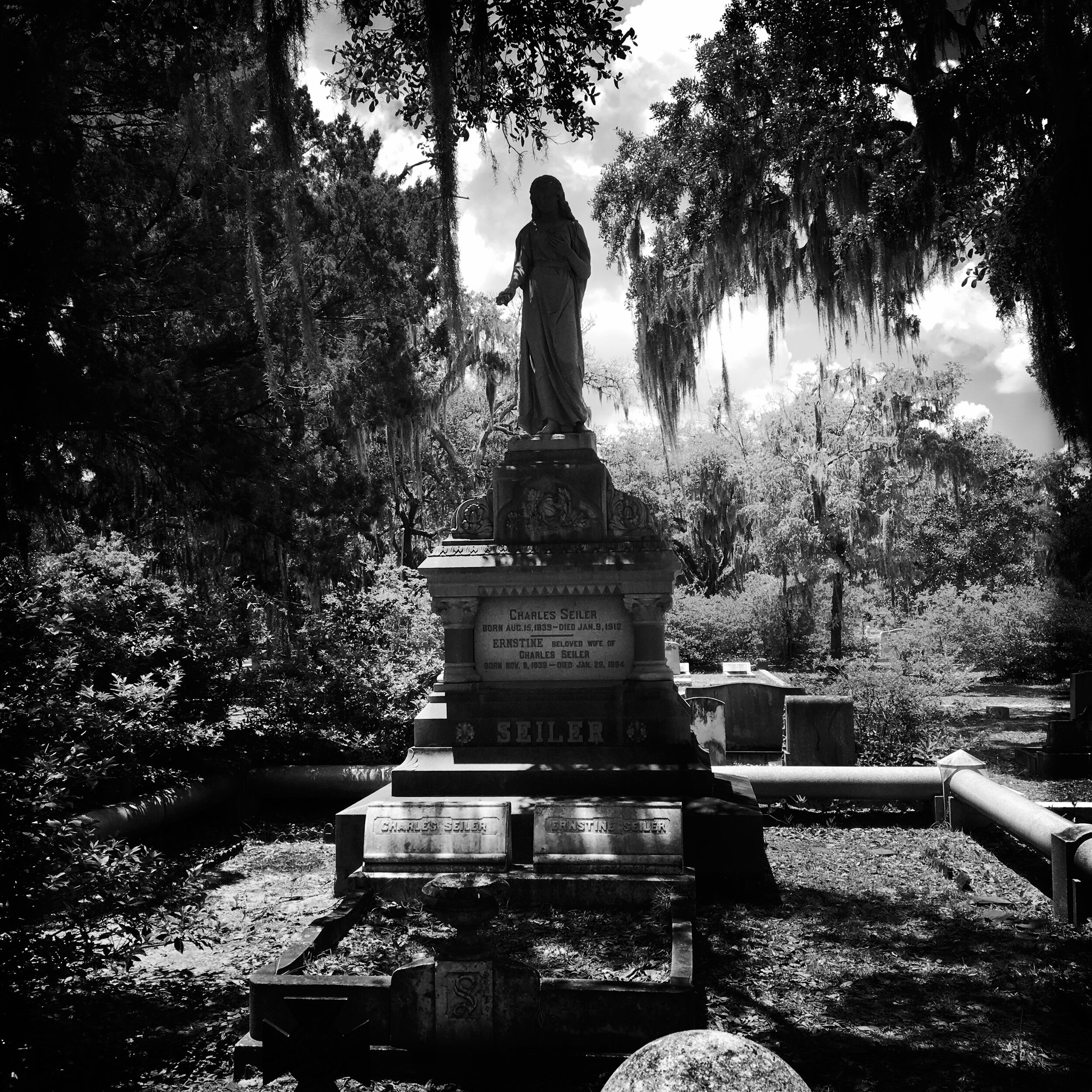Henri Cartier-Bresson once said that your first 10,000 images were your worst.. Of course, this was during the film age and long before the digital age, so for mostly digital photographers, the math should look much different. In other words, the 10,000 images you made at the wedding you shot last week won’t make much of an improvement in the 10,000 you make at this weeks wedding. Just sayin’…
Nevertheless, there is, I think, something to love about the work we make very early in our careers. Long before we get bogged down in all the “rules”, we make work for the joy, for the fun, because it satisfies some innate need, and we can’t say no. (For me, the need was to get out of class, but that’s another story…)
The two contact sheets here are from some of the first rolls of film I shot with the first camera I ever owned. (A Yashica 35mm that I got as a kit with three lenses and a camera bag!)
Contact sheet 0001! made sometime early spring 1979
This first contact sheet is of the very first roll of film I ran through my new camera, images made while walking back and forth to school. Because I was working on my college yearbook at the time, I believe the missing strips are from frames that were shot for yearbook use. Like all the work I made in high school, those images are lost to time.
contact sheet 0006, made sometime in the spring of 1979
While there are certainly some technical issues and the framing for many of these is a little loose, there is no denying the joy that’s apparent in their creation. In those days I took my camera everywhere, photographing whatever I found interesting, and I was having a great time doing it.
And maybe at the root, that’s why in some ways, I like a lot of my early work better than some of the work that followed while I was learning the “rules”. This work seems freer to me, less formal, less constricted. Or maybe I’m so fond of my earlier work because I was so much younger when I made it. Who knows?
But looking back, it should come as no surprise that my client work as well as my personal work became much more satisfying for me as a creator, when I worried less about making work the “right way” or the way everyone else made their work, and just made work “my way”. And also no coincidence that right about the same time my career started to take off. Not everyone “got” what I was doing, but in the end it didn’t matter. What mattered was the people who did “get it”, loved it. Just as it should be.
Long time and sharp-eyed viewers of this blog may have noticed that the first contact sheet made an appearance on the September 19, 2019 post, and frame no. 24A from the second sheet was discussed in detail on July 25, 2019. Check them out!









